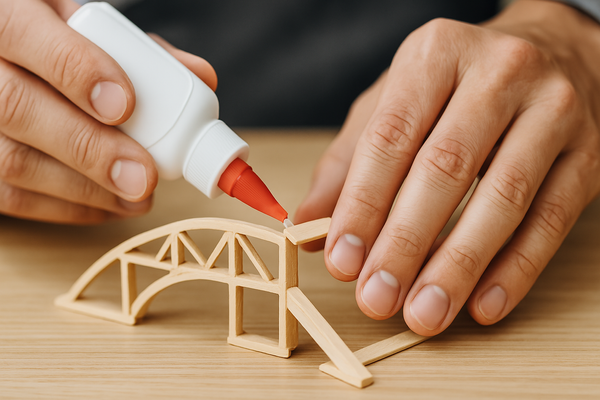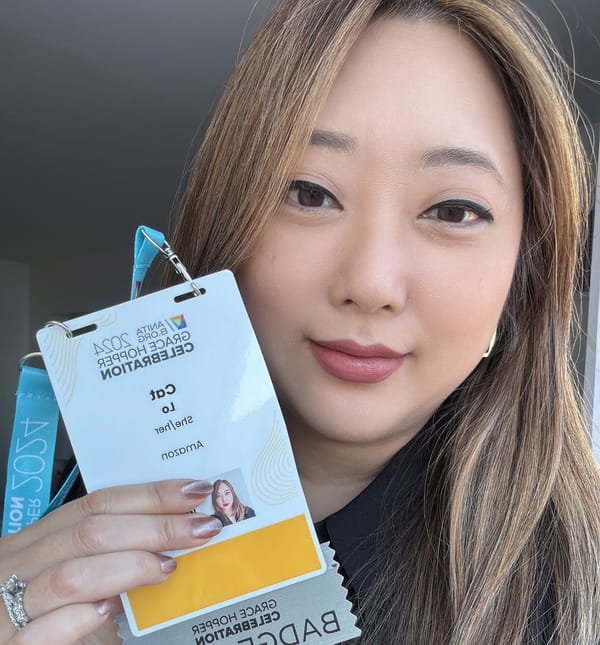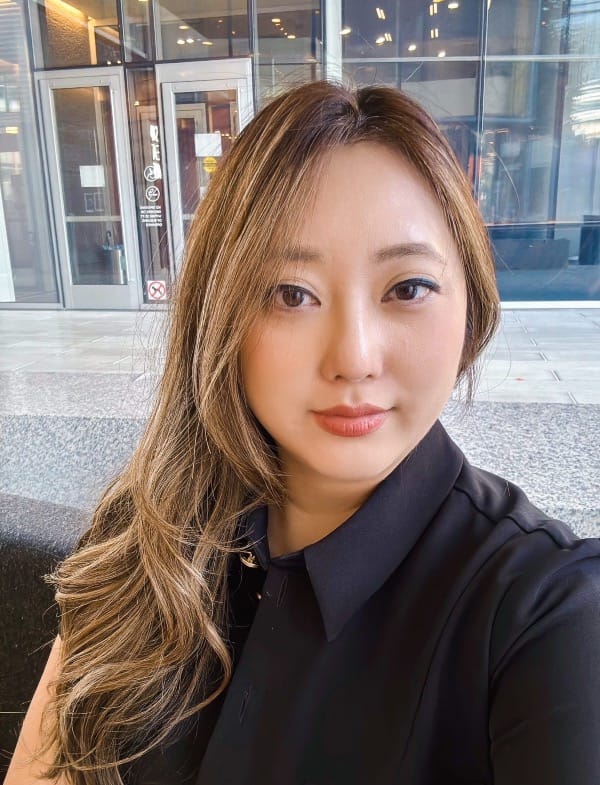How do I think about career growth and life
Need experience for job, but need job for experience.
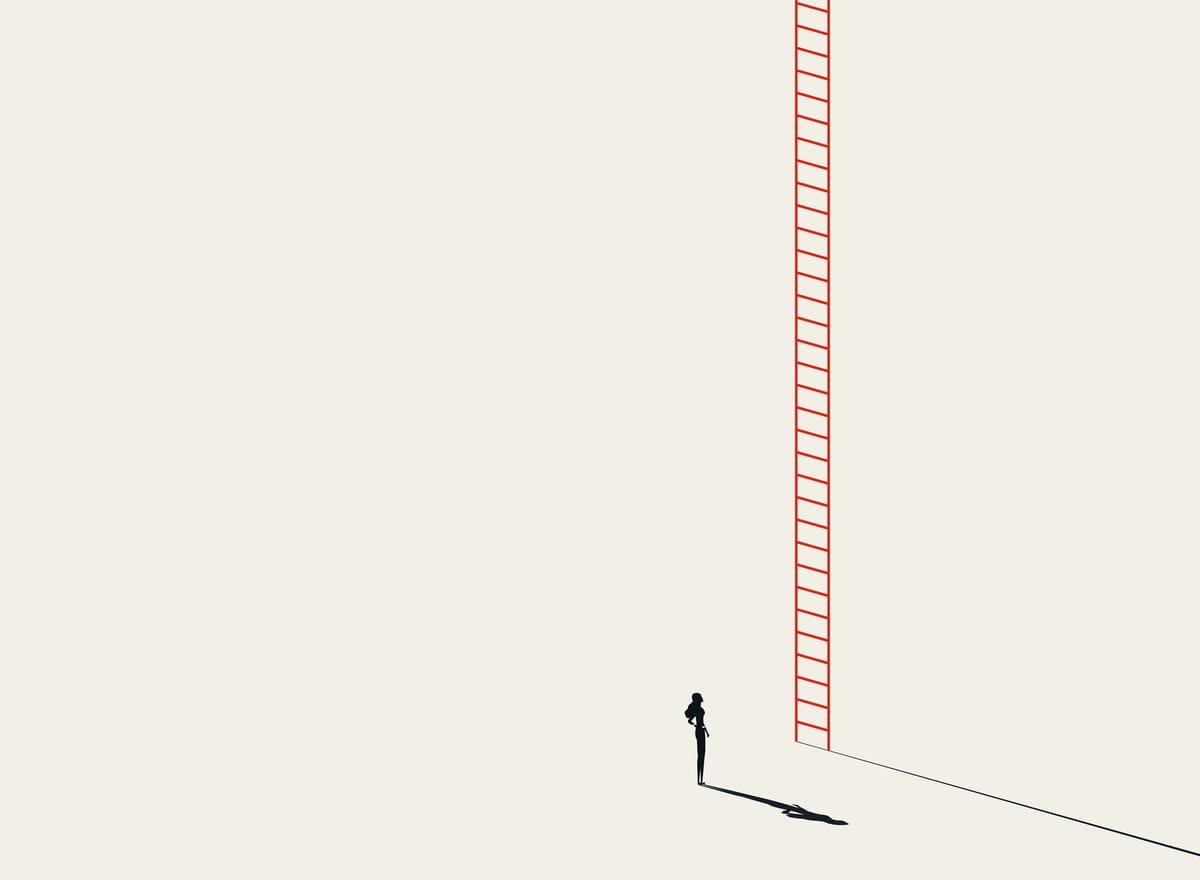
Three cool things I discovered this week, Kokedama, Geisha Coffee, and Flux keyboard. First, I found a shop in Williamsburg with mini bonsai wrapped in moss called Kokedama. I'm obsessed with the simplicity but not confident in keeping it alive. Second, I was introduced to Geisha, a fancy coffee bean from Gori Gesha Forest, Ethiopia watching the show Billions. I don't know if it's good, but it sure was expensive. Lastly, an adaptive display keyboard called Flux. It's not in production yet, but it caught my eye.
The most popular question I get asked
Since 2020, I've been on a personal journey as a mentor, clocking over 150 hours.
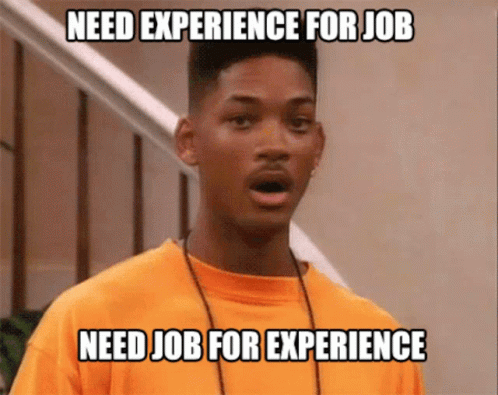
"I have less than [3] yr experience; all jobs require [3-5] years. How can I get experience for job when I need a job for experience?"
The intent is:
- Can you identify the design value so that companies will compensate me fairly?
- The job posting requiring [x] years of experience wants a "trusted designer that delivers end-to-end. Candidate can navigate ambiguous, complex problems with high judgment and achieves business outcomes for customers."
Most designers believe value comes from critiquing "fit and finish", which focus on visuals and completion of work. These issues are callouts to increase quality, but it's short lived.
Depending on your sample size of feedback providers, be careful of the feedback loop trap. The more people you ask for feedback, the more you get. The more you fix, the more you over-index on extremely narrow goals, ultimately reaches steep diminishing returns.
"80% consequences comes from 20% causes,
the law of vital few." - Pareto principle.
Ways people establish credibility
Signals of Vanity Metrics
1. Brands. "ex-Facebook, ex-Microsoft."
- Working at a FAANG or a fancy brand doesn't necessarily mean you are good. Tons of great designers have yet to set foot in one branded company. You can hack the system by getting hired, quitting, and labeling yourself "ex-brand."
- One way to express our credentials in data-backed trends over time, ie. quality improvements.
- Multiple Job Roles. "Full Stack Designer, Development, Product, Program Manager."
- Attempting to depict skill mastery by littering multiple positions, "Full Stack" is the antithesis of authenticity. A person who knows everything knows nothing.
- What metric is used to prove multi-role mastery?
More examples are:
- Amount of time spent redesigning graphics → Land a Job
- Number of friends → % Wedding invites
- Number of Work Perks → Work Culture → Employee retention
- Number of cash spent on a gym coach → Body is fit
- Graduated from [fancy school] → You are smarter than others
None of the above examples depict quality or volume because time and resources are used to baseline these vanity metrics. The solution is prioritizing criticality of value. What changes results in maximum value, and which are required, optional, or thankless task?
What should you focus on?
Virtue. The behavior framework to enable change.
If you want to show your ability, bring data-backed credentials.
If you want outcomes, avoid getting stuck with feedback, and move through 80/20.
“Because she competes with no one, no one can compete with her.” – Lao Tzu, Tao Te Ching
One way to start thinking about your own behavior is to identifying the Why.
- Why do people care about this?
- What personal principles does this represent?
- How do I craft, frame, and communicate?
The hiring manager's mental model consists of six categories of information:
- Ambiguity - How much direction was given to solve this problem?
- Scope - How narrow or wide is your impact against the problem?
- Complexity - How difficult is it for you to gain understanding of problem?
- Execution - What high value judgement calls did you make towards executing the solution and why did you choose them?
- Influence - Which parts are tactile vs strategic?
- Years of experience - How long is your career?
Years of experience is only one out of six categories people think about for evaluation. Vanity labels are job role, title, and salary and signal very little value since every company benchmarks designers on a different set of principles. ie. Amazon's Sr. Designer is a Principal at Microsoft, or I can be the CEO of Designers at North America.
Developing a Career Strategy
We are service providers of capitalism, and success relies on having a proper strategy. Product + Strategy = "Product"-ivity. 😂 We can use the product framework to develop a our career: Mission → Vision → Strategy → Goals → Roadmap → Execution

- Mission - What am I trying to achieve, and what’s my purpose?
“I want to get a job that pays well, so I can have better standards of living. - Vision - What does the world look like if I achieved it?
“I can eat avocado toast every day with caviar garnish.” - Strategy - What’s my plan to achieve success?
Benchmark portfolio against design impact → Revise portfolio from feedback, practice interviewing → Learn from rejections → Land a job → Eat avocados - Goals - How do I measure the progress to achieve the mission?
ie. Number of portfolio reviews attended, hours of design revisions, number of case studies completed, progress made in the interview loop, # of jobs offers - Roadmap - When will it be done? How do I get there?
ie. Q1 - complete portfolio, Q2 - Interview cycle, Q3 - review success metrics - Execution - What is one task I will do today?
Revise the case study and get feedback.
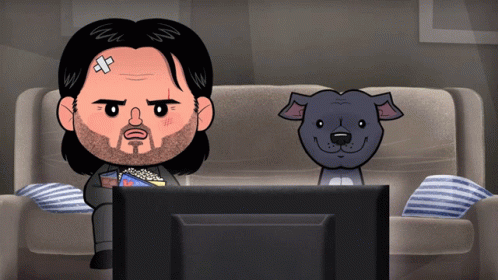
Real Life Example by John Wick
I like Keanu's movies and loud noises. If you haven't watched John Wick 1, spoiler alert.
- Mission: Forced out of retirement when his vintage car was stolen and his puppy gifted by his late wife was murdered.
- Vision: Nobody screws with John Wick's retirement plans.
- Strategy: Packs weapons → Checks in New York Continent Hotel → Finds Crime Boss Iosef
- Goal: All people understand his vision of retirement, personal property, and boundaries.
- Roadmap: Travel to Little Russia to find the crime gang, Viggo and Iosef → Finds out Marcus’ betrayal → Chase down a helicopter
- Execution: Yeah, he executed all right, outcome celebrated with a new pit bull.
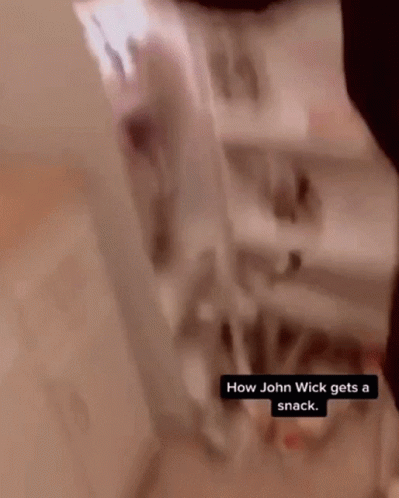
The antithesis of product strategy
Setting long-term goals is a smart as long as we are aware our own well-being. Working through a health crisis I've been through last year, this concept by Phil Stutz's greatly changed my thinking.

- Physical Body - Recognize and respect your physical body's wellness. Our minds push our bodies more than they can handle, leading to exhaustion and burnout. The quantity of hours worked doesn't correlate to the value recognized. Set proper boundaries and manage expectations if you have a toxic workplace or colleague.
- Relationships - Connecting to someone is hard when we feel down. I often felt lonely from stagnation and didn't speak up for help. We need relationships to help us push and pull from being stuck. Real friends are there at your worst. Know who they are.
- Inner Dialog - We don't listen to our inner voices because we don't know they exist. We must speak to ourselves, practicing identifying our emotions and aligning our beliefs with the outer world. Alignment between the inner and outer world creates balance toward a peaceful center.
Next Steps
- Show your ability with data-backed credentials.
- Expand and broaden your world views from a diverse perspective, and show outcomes by moving through 80/20 of the feedback loop.
- Focus on virtue, your behavior to enable change. Develop a plan to think independently without pressure to conform.
- Ask "why" and "so what?" until the core problem is identified.
- Productivity vs Wellness. Thesis, antithesis, and synthesis of your first principles in defining who you are.
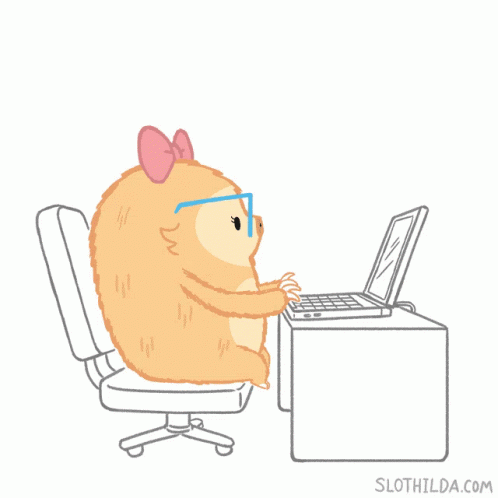
PS: I have gained 2 new readers this week, total 16! Woohoo! Any feedback, thoughts, or comments? Do you have a topic you'd like me to write about next?


